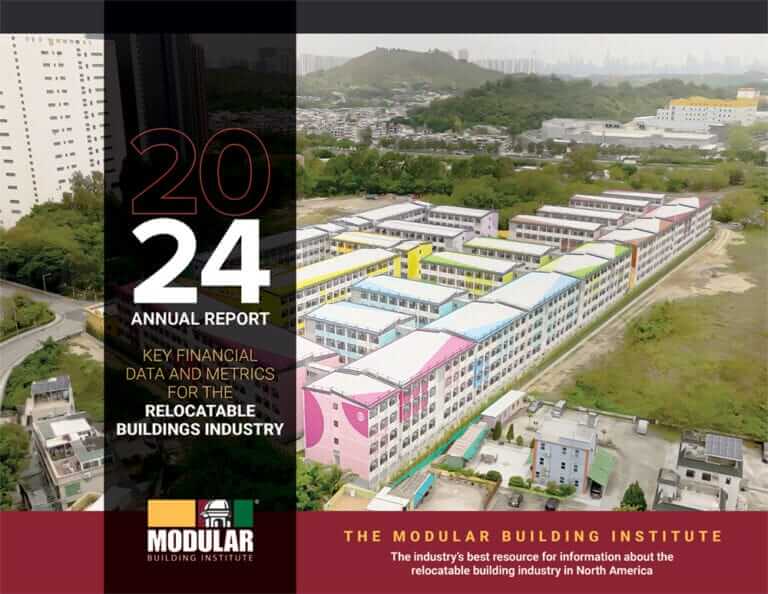2024 Relocatable Buildings Report
The Modular Building Institute
The industry consists of approximately 500,000 relocatable buildings, with public school districts operating about 200,000 of these as classrooms, and the industry owning and leasing around 300,000 buildings, representing more than $5 billion in assets.
Markets Served
Relocatable buildings serve diverse markets including education, construction sites, healthcare, general administrative and sales offices, commercial/retail, security, equipment and storage, and emergency and disaster relief.
Market Dynamics
Despite the industry's consolidation, regional competition remains strong due to differences in state building codes and the regionalized nature of the market. Larger companies must compete with smaller, regional fleet owners to meet local demand.
The relocatable buildings industry in North America shows robust financial health and operational efficiency, with significant investments in new inventory and high asset utilization. The market serves a wide range of applications and remains competitive despite industry consolidation. The detailed financial and operational data provided by MBI highlights the growing complexity and adaptability of relocatable buildings to meet various needs across different sectors.
2024 RELOCATABLE BUILDINGS REPORT
This newly-updated report collects the most recent data from the fleet owners around the industry, with new project, revenue, and fleet utilization data. This report also includes valuable information for code compliance and provides an overview of the markets served by the relocatable buildings industry.
Report Summary
While consolidations and acquisitions continue and the number of companies owning and leasing relocatable buildings declines, the total number of relocatable buildings in use remains fairly constant at around 500,000.
Public school districts across North America collectively own and operate about 200,000 relocatable classrooms, while the industry owns and leases about 300,000 buildings amounting to more than $5 billion in assets. Additionally, many construction companies own fleets of construction offices (not included in this data) that move from site to site. These figures also do not include noncoded units such as personal storage units, although these units typically make up about 15 percent of a provider’s fleet.
MBI obtained data from fleet owners controlling 291,554 rental units, or nearly all of the industry-owned assets. Across all companies, the average (mean) fleet size for North American fleet owners in 2022 was 11,214 units. However, only four companies in this data set have a lease fleet larger than the mean. The median number of units from this data set was 1,300, demonstrating the gap between the larger and smaller companies. Companies reported 72.7 percent of inventory on lease as of Dec. 31, 2022. While we have made every effort to obtain relevant data from all available sources and to make appropriate currency conversions, when necessary, we caution that this report is based on the best available data and may not be representative of specific company activities. The data obtained by companies for this report is only accurate to the extent that the data provided by member companies is accurate.
2026 Events to be Announced Soon!
Join the leading companies and professionals from across the offsite construction industry at each of this year's Offsite Construction Network events. With summits and expos taking place across North America in 2026, it's never been easier to connect with and learn from offsite construction manufacturers, designers, builders, and suppliers from the United States and Canada.
Subscribe today to get the latest updates on future events from the Offsite Construction Network.

